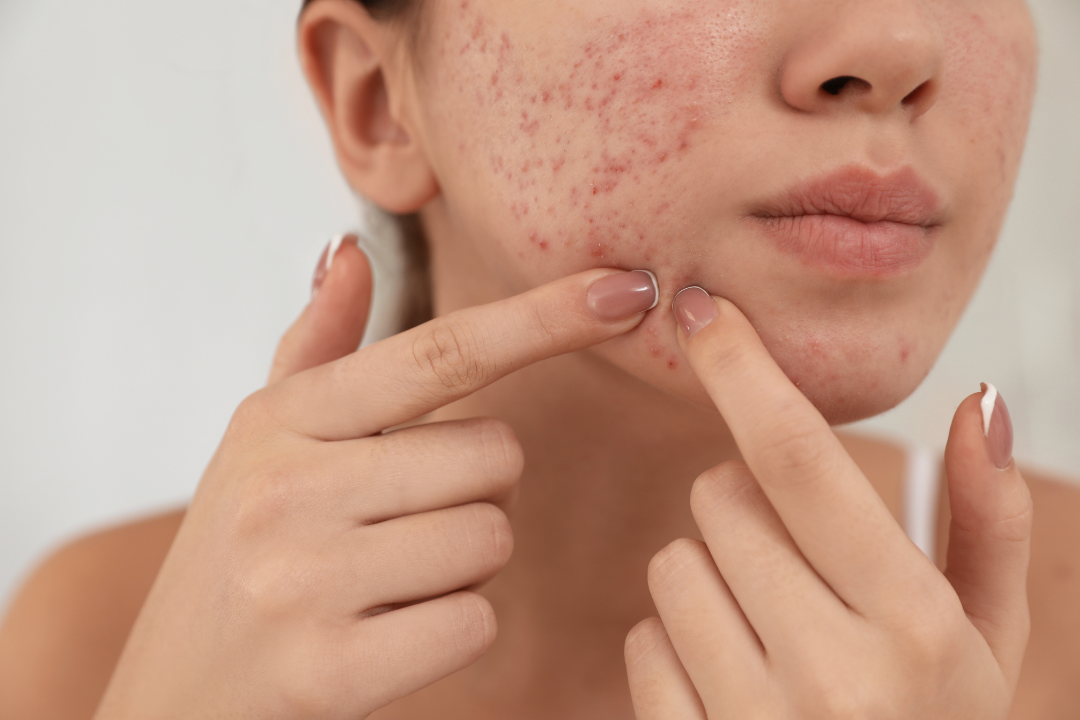Acne is a common skin condition that affects millions of people worldwide. It is caused by the overproduction of oil and the buildup of dead skin cells, which can clog pores and create a breeding ground for bacteria. While acne itself can be frustrating and embarrassing, it can also leave behind permanent scars that can be equally distressing. In this article, we will explore what acne scars are, the different types of acne scars, and the treatment options available.
Acne scars are the result of damage to the skin caused by acne. When a pimple or blemish becomes inflamed, it can cause the surrounding skin to become damaged, leading to a scar. This damage can be caused by several factors, including the severity of the acne, the individual's skin type, and how the acne was treated.
There are several different types of acne scars, each with its own unique appearance and cause. The most common types of acne scars are atrophic scars and hypertrophic scars. Atrophic scars are the result of a loss of tissue, while hypertrophic scars are the result of excess tissue growth.
Atrophic scars can be further divided into several categories, including ice pick scars, boxcar scars, and rolling scars. Ice pick scars are deep, narrow scars that look like small punctures in the skin. Boxcar scars are wider and have a sharp edge that makes them look like a box. Rolling scars are more gradual and have a wavy appearance.
Hypertrophic scars, on the other hand, are raised and often have a firm, bumpy texture. These scars are caused by an overproduction of collagen, which leads to excess tissue growth.
Treatment options for acne scars depend on the type and severity of the scars. For mild acne scars, over-the-counter treatments like topical creams and gels may be effective. These products typically contain ingredients like salicylic acid, glycolic acid, or retinol, which can help to exfoliate the skin and reduce the appearance of scars.
For more severe acne scars, medical treatments like laser therapy, chemical peels, or microdermabrasion may be recommended. These treatments work by removing the damaged skin and stimulating collagen production, which can help to improve the appearance of the scar.
In some cases, surgical procedures like punch excision or subcision may be necessary to treat particularly deep or severe acne scars. These procedures involve cutting or breaking up the scar tissue, which can help to promote the growth of healthy skin.
In conclusion, acne scars are a common and often distressing side effect of acne. While there are several different types of acne scars, each with its own unique appearance and cause, there are also several treatment options available. If you are struggling with acne scars, it is important to speak with a dermatologist to determine the best course of treatment for your individual needs.

